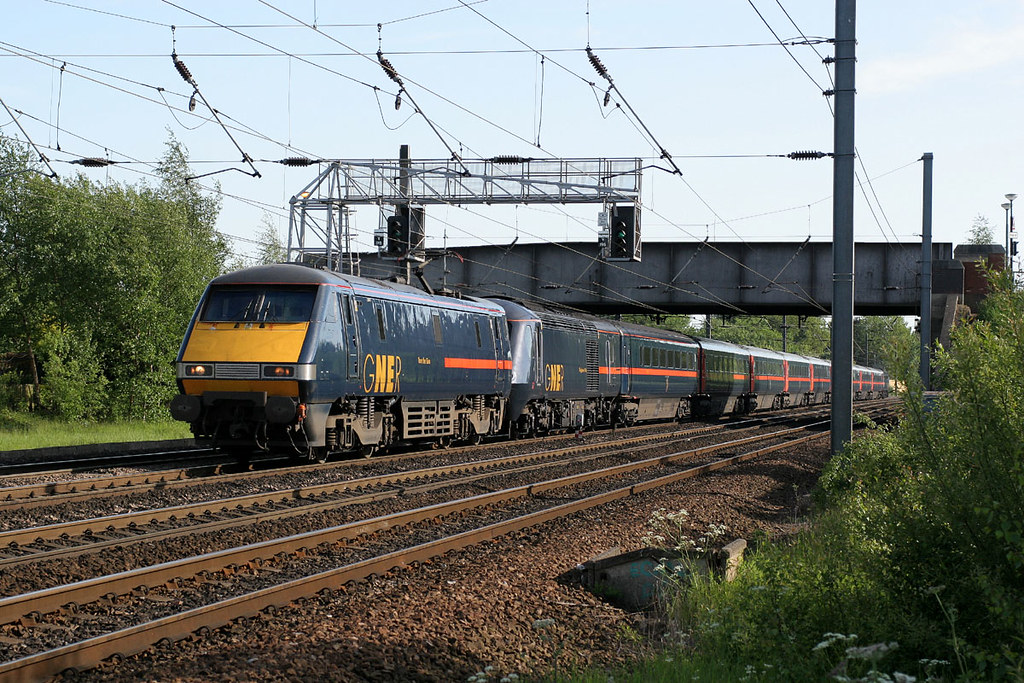mjmason1996
Member
- Joined
- 12 Aug 2019
- Messages
- 54
Just curious on this one;
From what I understand, there I a limit on how fast a HST can be pushed using It's "tow bar" but no such limits exist when being pulled, I remember watching an old BR era video on it
So how fast can you drag a dead HST set?
I'd assume of rescued by a 91 I'd could be dragged at 125mph? Has this ever occurred?
From what I understand, there I a limit on how fast a HST can be pushed using It's "tow bar" but no such limits exist when being pulled, I remember watching an old BR era video on it
So how fast can you drag a dead HST set?
I'd assume of rescued by a 91 I'd could be dragged at 125mph? Has this ever occurred?






